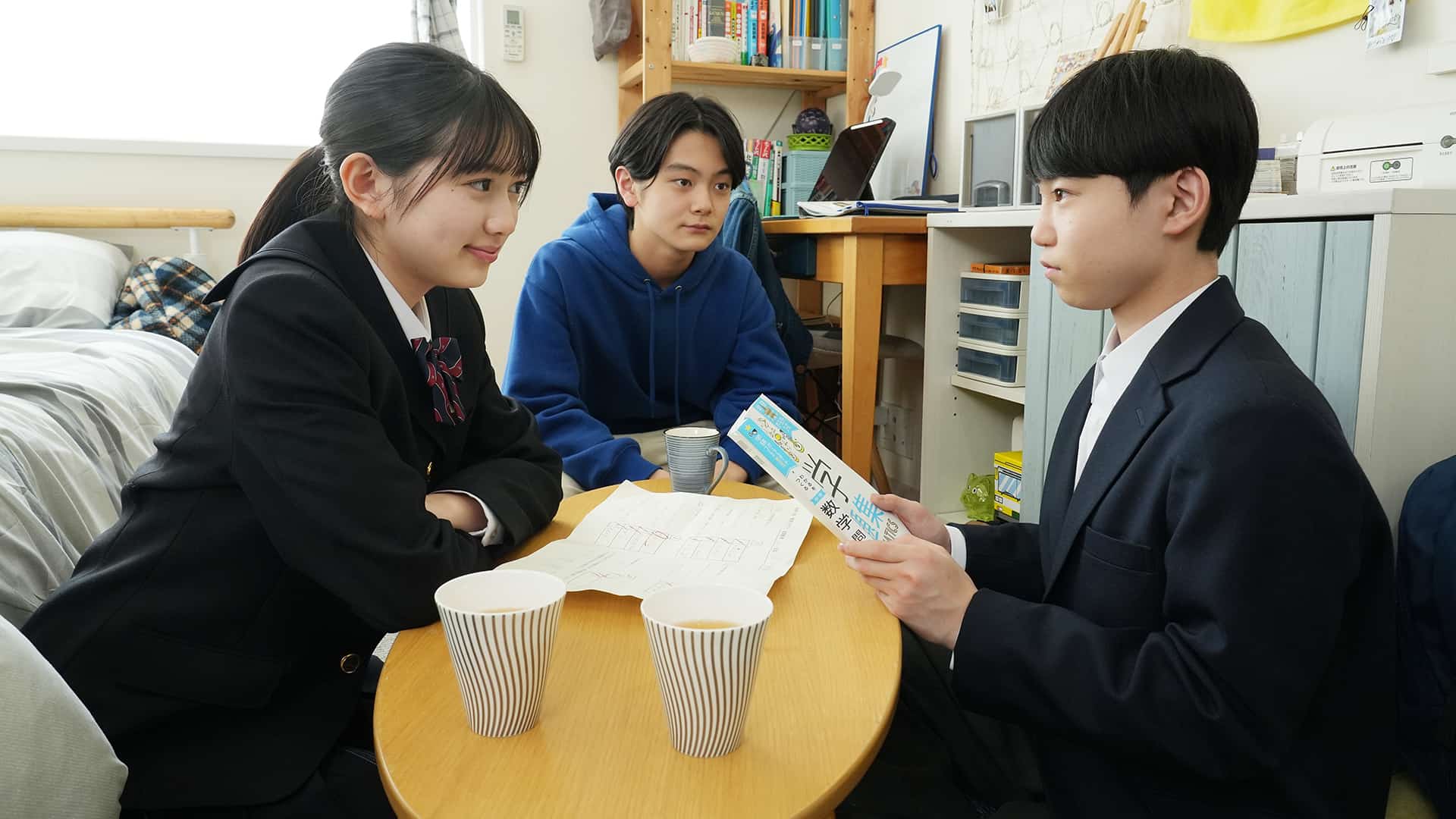Screening two years after the second season, the third part of “Golden Kamuy” featured more polished graphics, and a change of scenery towards Sakhalin, where the Russian element becomes a central one in the narrative.
The fractions have changed once again, as Sugimoto has sided with Tsurumi and, along with Lt. Koito, Tsukishima, and Tanigaki is in search of Kiroranke, who has kidnapped Asirpa and is moving towards Russia, along Shiraishi and Ogata. The latter, however, seems to have his own agenda, although everyone is looking to “exploit” Asirpa to learn of the whereabouts of her father's gold.
The dramatic background stories of the characters continue here, with Tsukishima and Ogata's coming to the fore, adding more to the context, and intensifying the excellent character analysis that has been one of the trademarks of the series. However, the most important story part comes from Kiroranke's back-story with Wilk, Asirpa's father, and the revelation that him, along a woman named Sofia, were involved in the murder of the Emperor some years ago, as part of their fight for the rights of the Far East minorities. This aspect connects the story, once more, with history, as it mirrors the assassination of Emperor Alexander II. This time, Hijikata's group is placed in the background, although one episode is dedicated to him and his search of a legendary hitokiri, which ends up in a rather dramatic comment about senility.
The cultural elements are as intense as ever, with the focus this time being on the Karafuto Ainu and their ways, with the level of detail and realism being top-notch, once more. This aspect also extends to the fauna and flora, both through the culinary tendencies of the area but also as it becomes part of the action, since the groups have to face wolverines and Siberian Tigers. Lastly, the implementation of Russian language also works quite well, again highlighting the level of research that has been done in the production.
The narrative approach this time is more episodic, with the groups having to face different adventures and people almost every episode, although the concept of the Russian tournament, stenka, is quite entertaining, and also adds to the characterization of both Sugimoto, whose head wound eventually takes a toll, and Tsukishima. The introduction of Maiharu Gonsoku, another intense character, also takes place during this arc, adding to both the action and the comedy aspect of the series. The same does not apply to the circus are, however, which could have been avoided altogether, for the most part.
However, this episodic/road movie approach eventually becomes a bit tiring, in the “villain of the week” style, although the ending of the season, with its rather dramatic and quite violent scenes definitely compensates, again deeming this part also a great one, while also showcasing Hitoshi Nanba's great direction.
Kenichi Oonuki's character design continues in the same excellent levels of the previous ones, with the new characters being quite distinguishable and well drawn, with the same applying to Geno Studio's animation. The change to a mostly snowed and iced setting is also quite good, as mirrored in both the reactions of the characters and its implementation in the narrative, particularly the action scenes.
“Golden Kamuy Season 3” continues the legacy of one of the best series of the last years in the best way, although the second season remains the best in the series.















